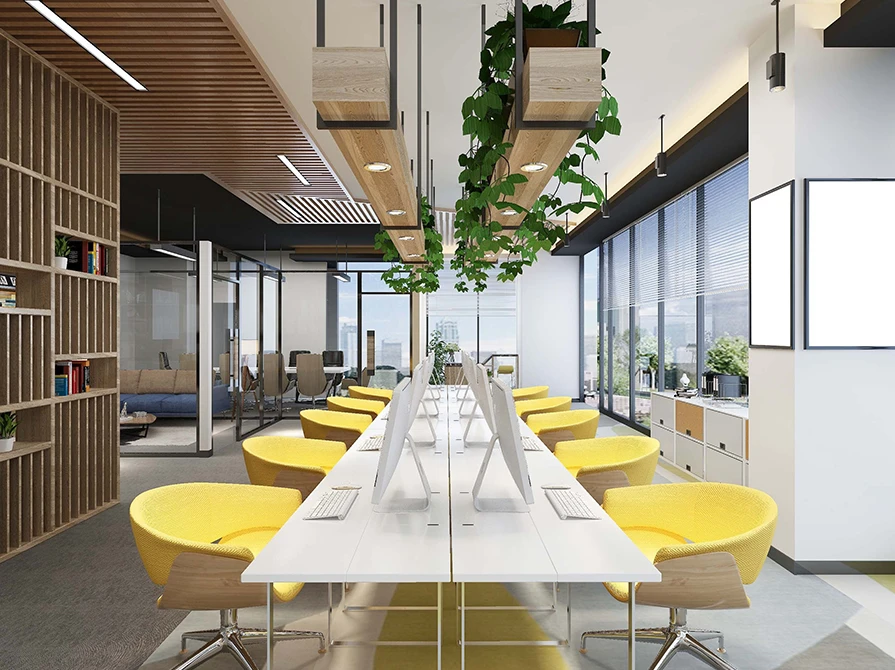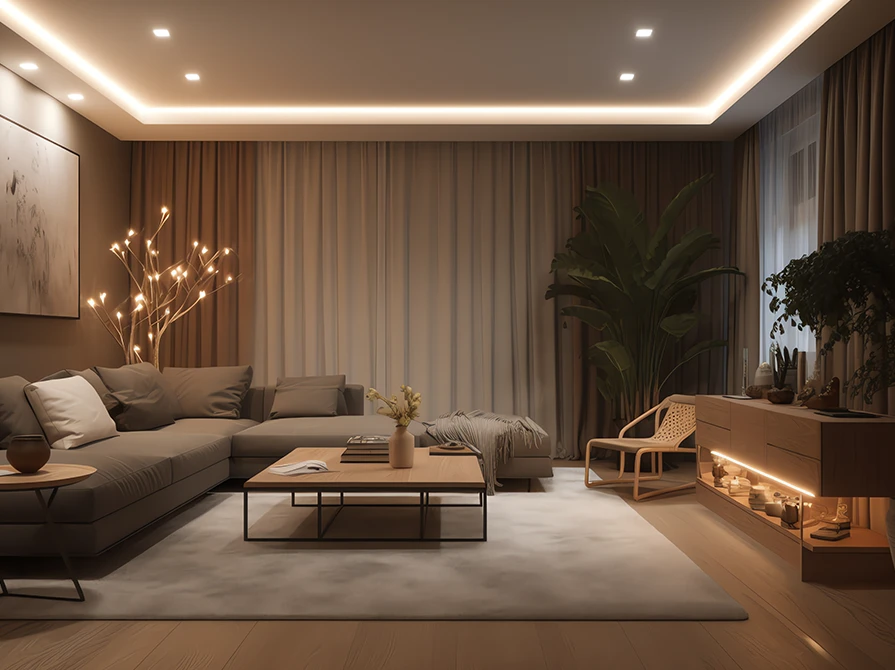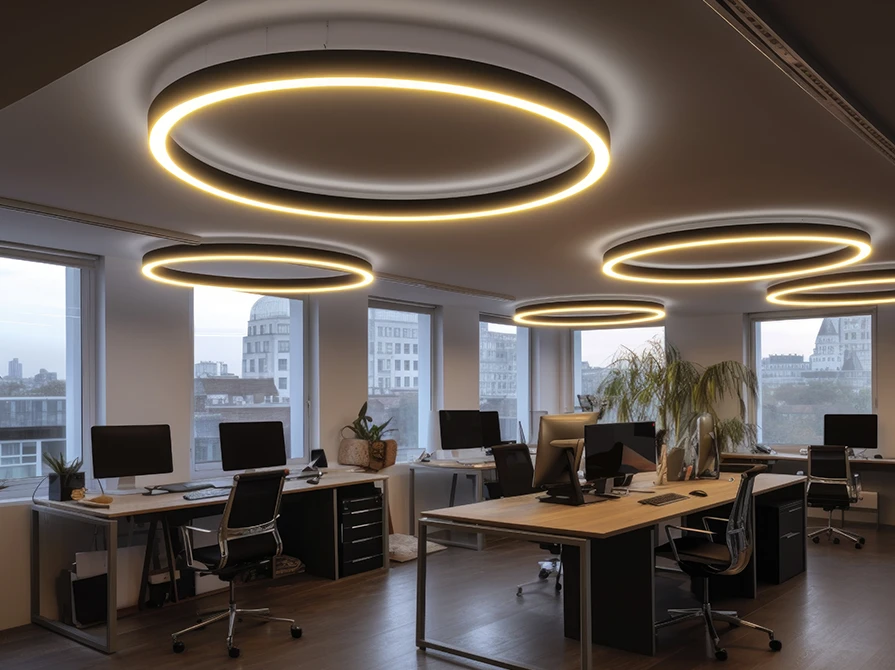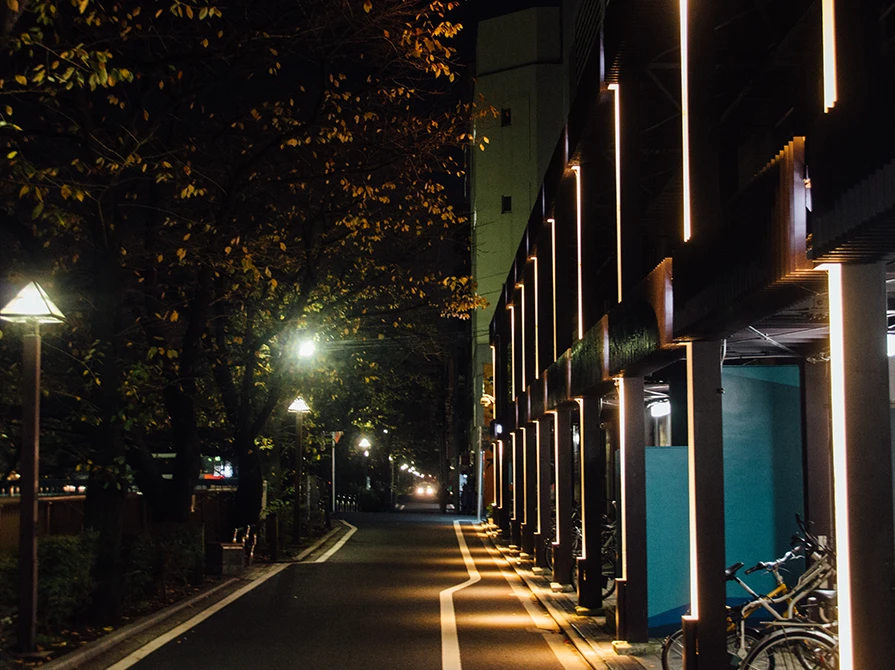

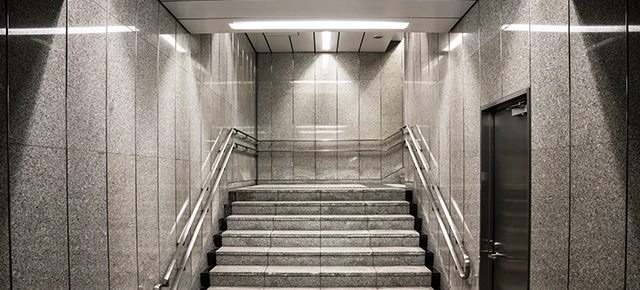
At times, this might go unnoticed, but the lighting design of the space is substantial for creating the type of mood and feeling desired in the environment. From picking the right colour to choosing the appropriate fixture design, even the slightest change in the illumination can make a big difference. Among various other aspects and characteristics, the concept of beam angle is of paramount significance when it comes to achieving optimum illumination.
As the name suggests, it is the measurement of the angle at which the light spreads from the illumination source. Whether you're designing a professional lighting installation or simply seeking to enhance the ambience of your workspace, understanding the intricacies of beam angle is essential.
In this blog, we will delve into the fundamental definition of beam angle and its significance in achieving optimal lighting effects with the help of outdoor and indoor lighting solutions.
The concept of beam angle lies at the heart of lighting design, where precision and control over the distribution of light are essential. In the realm of illumination, beam angle refers to the spread of light emitted from a source. It determines the width of the light beam and its directionality.
There are different types of beam angles, including, narrow, medium, and wide angles. Selecting the appropriate angle depends on the lighting needs of the space and the task to be executed.
The significance of beam angle lies in its ability to shape the visual experience of the occupants and optimise the overall lighting scheme. From architectural lighting installations to theatrical productions, understanding and harnessing the power of beam angle is essential for commercial lighting design professionals. Here’s what you can do by integrating the right beam angle:
As mentioned above, there are different types of beam angles that are suited to achieve the desired illuminating effect.
Narrow Beam Angle
These angles refer to the range of beam angles, which is approximately between 15 and 30 degrees. They are usually employed in areas that demand focused light intensity on a particular object. For example, in retail shops to focus on a particular product, in museums to draw attention to artwork, etc.
Medium Beam Angle
Ranging from 30 to 60 degrees, medium beam angles are used in environments that require a greater distribution of light than narrow beam angles. They are also called general-purpose lighting angles and are found in restaurants, parking lots, and similar spaces.
Wider Beam Angle
Wider beam angles are angles that are greater than 60 degrees. The areas of application are large indoor and outdoor areas like warehouses, factories, and other public spaces.
The beam angle is a fundamental aspect of lighting design that significantly influences the visual appeal, functionality, and energy efficiency of a space. Considering the above-mentioned factors, choosing the right type of lighting fixture for any commercial or residential space becomes easier.
